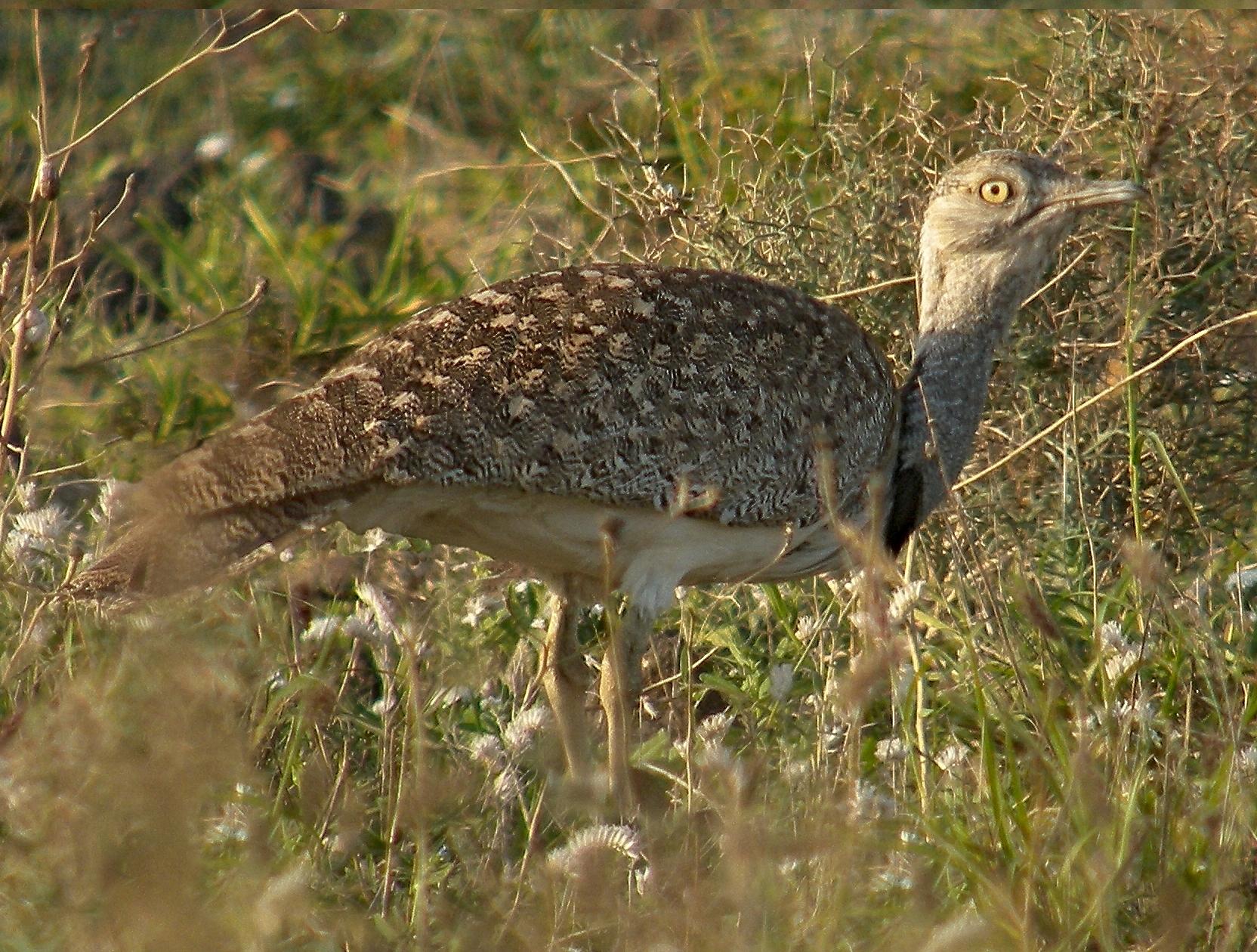MNCN-CSIC researchers show that in a study Electrical and telephone lines, traffic accidents, wire fences and feral cats are accelerating the demographic decline of the Canary Houbara., Chlamydotis undulata fuertaventurae.
Researchers have been analyzing the populations of this bird for eight years and marking specimens with recording equipment. GPS trackingwhich allowed them to know in detail the problems faced by this endangered species, endemic to the Canary Islands and an emblem of the fauna of the archipelago.
“Most of the Fatal accidents on electricity and telephone lines happen at nightbecause the to take off They are nocturnal migrants. Authorities must take urgent action if they want to prevent the species from disappearing within a few decades,” the MNCN researcher explains. Juan Carlos Alonsowho leads the Hubara Project.


“Another important factor is vehicle accidents, which circulate in very large numbers on the highways and roads of the islands. In Houbara breeding areas, there would be a need to regulate tourist traffic, which has increased exponentially in recent decades, and set speed limits for vehicles. Finally, the predation was carried out by wild cats It also contributes to many deaths Interpret on the islands,” Alonso adds.
Man’s hand after the decline of the Canarian houbara
This is evident from research published in the magazine Scientific reports and funded by Red Eléctrica de España at the request of the Government of the Canary Islands, mortality due to anthropogenic causes affects 6.2% of the population every year. Canary Island Houbarasvalue added to that of the natural mortality, reaches 12.5% of individuals. Considering that the average annual productivity of chickens is only 7.15%, the current mortality rate is demographically unsustainable.
Eliminating human-induced mortality would allow the population to recover, although the species would continue to require management measures to improve habitat quality and promote reproduction.
“It is essential to take urgent conservation measures such as burying the most dangerous lines, signaling the remaining lines at night with effective devices and regulating traffic, including speed limits, to reduce anthropogenic mortality. In the same way, it is necessary to habitat quality and reduce human impact in areas where birds breed. to take off, to try to promote an increase in their reproduction rate,” Alonso suggests. The situation of the species is very fragile and has deteriorated in recent years due to the lack of rain. In Fuerteventura the species is on the brink of extinction.

